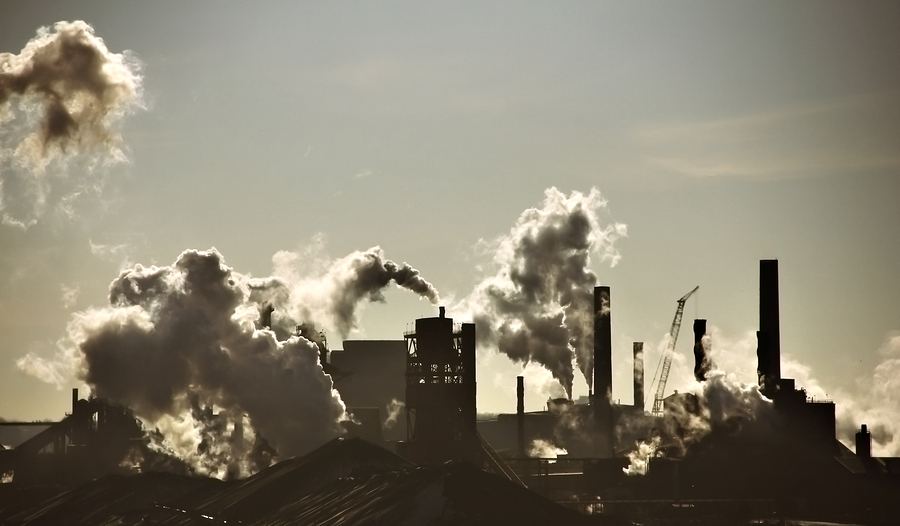According to the Environmental Agency steel packaging recycling in Q2 has spiked and the material is due to meet its packaging recycling obligation alongside all other materials.
The amount of steel recycled rose to 119,455 tonnes, up from 94,785 tonnes in the previous period.
These figures were published on the National Packaging Waste Database and gives an indication of how much packaging has been recycled between April and June 2016.
If verified, it means that 58.7 per cent of total steel demand for 2016 has been met, which will significantly ease concerns over how the closure of steel mills will impact recycling.
Aluminium recycling also enjoyed a strong quarter and is set to exceed demand for the year, with 22,156 tonnes of aluminium packaging being recycled in Q2 – meeting 52.4 per cent of demand.
Although wood and recovery packaging were found to be an area of concern last year, the material has already met 79 per cent of this year’s demand.
The only material that may fail the compliance schemes is glass, with only 111,190 tonnes being accepted into recycling facilities. At the end of Q2, glass had met only 48.2 per cent of recycling demands, representing the only packaging material not to exceed expectations.
In June it was announced by the Association of European Producers of Steel for Packaging (Apeal) that rates of recycling for steel packaging in Europe has reached an all-time high at 76 per cent.
The data comes from 2014 but confirms that steel is the most recycled material in Europe for the 10th consecutive year.
Out of the countries, Croatia was found to have the lowest rate of recycling, with Latvia and Slovenia tied in second with recycling rates of 51.8 per cent each.
The UK was found to have the lowest rate of steel recycling in Western Europe, with Hungry found to be the highest overall.
Alexander Mohr, secretary general of Apeal said:
“Steel has a number of inherent qualities that have contributed significantly to making it Europe’s most recycled packaging material, bringing us ever closer to a circular economy.
“Steel is easily and economically recovered from any waste stream thanks to its magnetic properties. As a permanent material, steel recycles forever with no loss of quality.”
Mohr added that by sharing best practices across the continent, he is confident that Europe will meet its self-imposed target of 80 per cent packaging recycling by 2020.
